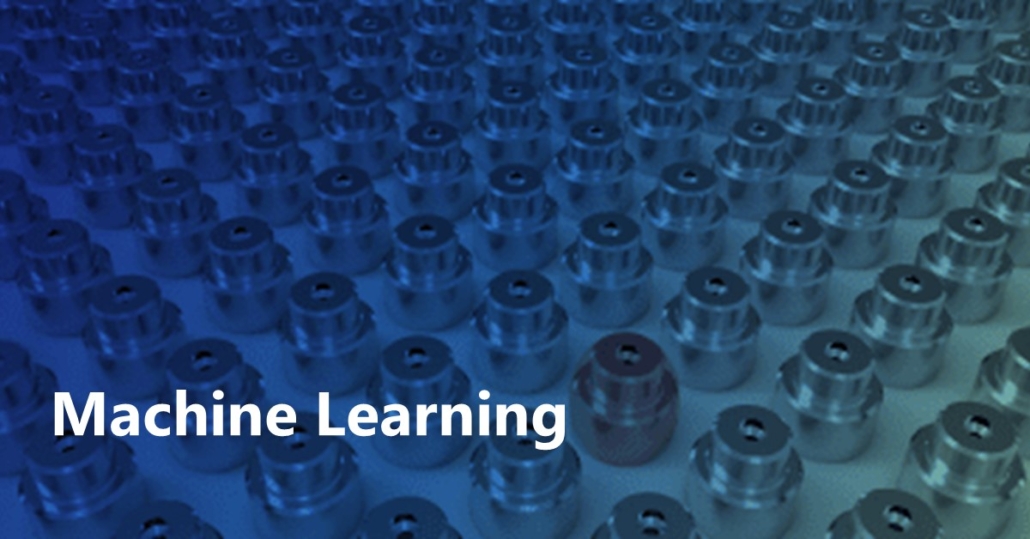A major challenge in near-term quantum computing is its application to large real-world datasets due to scarce quantum hardware resources. One approach to enabling tractable quantum models for such datasets involves finding low-dimensional representations that preserve essential information for downstream analysis. Inclassical machine learning, variational autoencoders (VAEs) facilitate efficient data compression, representationlearning for subsequent tasks, and novel data generation. However, no quantum model has been proposed thatexactly captures all of these features for direct application to quantum data on quantum computers. Some existingquantum models for data compression lack regularization of latent representations, thus preventing direct use forgeneration and control of generalization. Others are hybrid models with only some internal quantum components,impeding direct training on quantum data. To address this, we present a fully quantum framework, ?-QVAE,which encompasses all the capabilities of classical VAEs and can be directly applied to map both classicaland quantum data to a lower-dimensional space, while effectively reconstructing much of the original statefrom it. Our model utilizes regularized mixed states to attain optimal latent representations. It accommodatesvarious divergences for reconstruction and regularization. Furthermore, by accommodating mixed states at everystage, it can utilize the full data density matrix and allow for a training objective defined on probabilisticmixtures of input data. Doing so, in turn, makes efficient optimization possible and has potential implications forprivate and federated learning. In addition to exploring the theoretical properties of ?-QVAE, we demonstrateits performance on representative genomics and synthetic data. Our results indicate that ?-QVAE consistentlylearns representations that better utilize the capacity of the latent space and exhibits similar or better performancecompared with matched classical models.

 Our
Our 